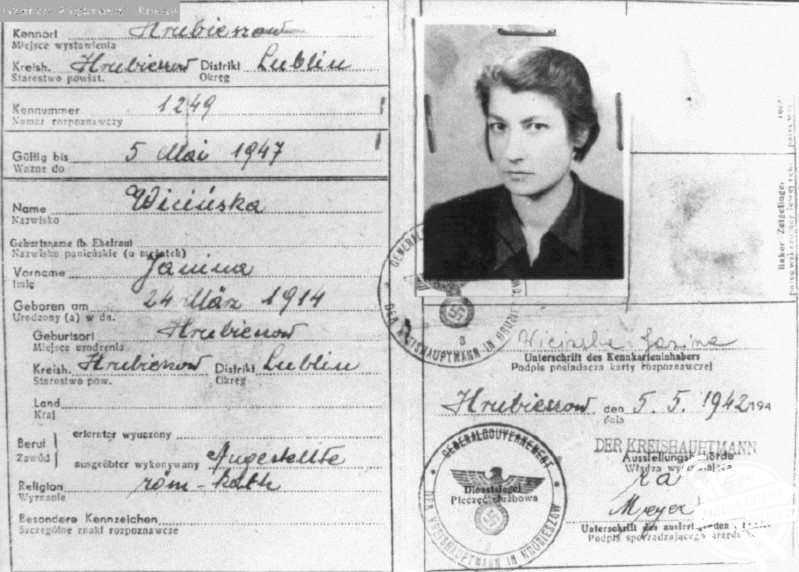By Mark McConville
A NEW BOOK has laid bare the experiences of women during the Holocaust and the lasting effect the tragedy had on survivors.
Agnes Grunwald-Spier’s book, Women’s Experience in the Holocaust, published by Amberley, uses letters and memoirs to present first-hand accounts of what women went through.
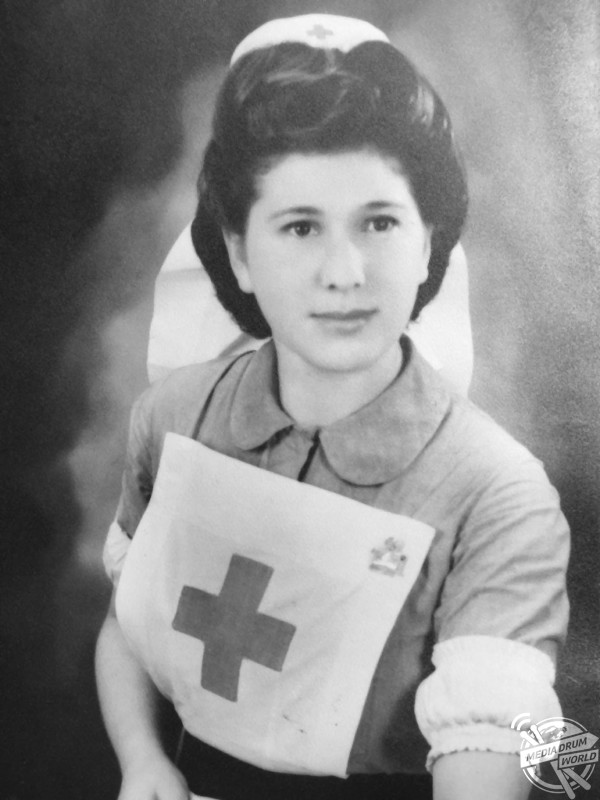
The author also recalls her mother’s experiences and what they went through together when she was just a baby.
Leona Grunwald née Klein was born in 1913 to an assimilated Jewish family in Budapest. She married Philip Grunwalk in Budapest in March 1942 when Hungary was not involved in the war.
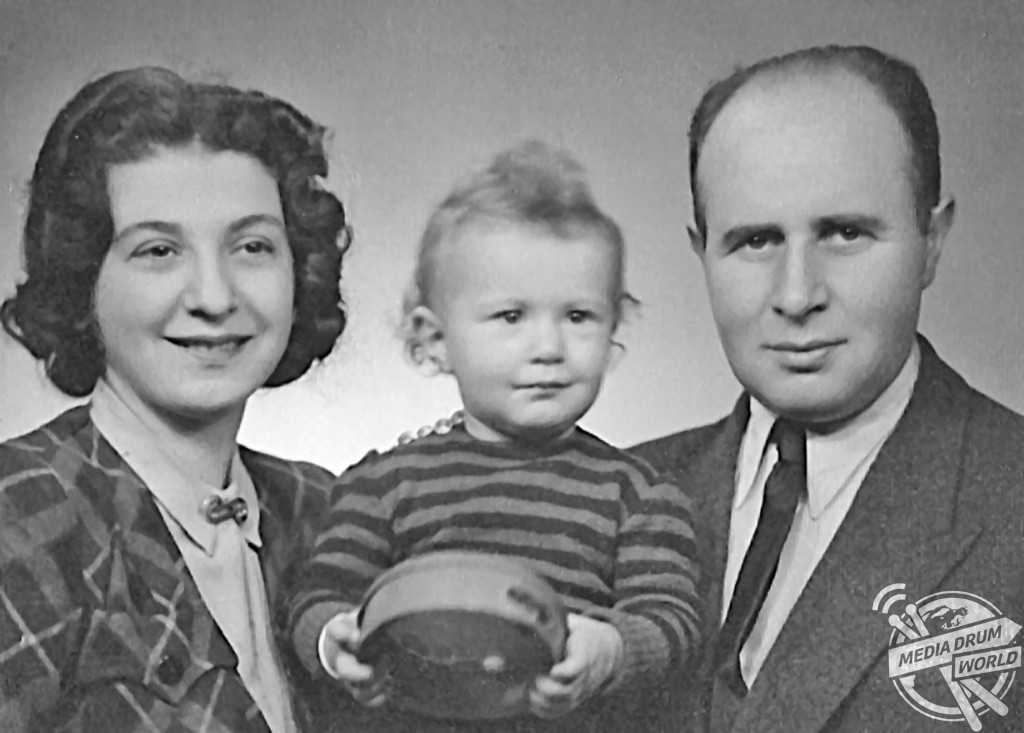
That is not to say there was no danger for Jewish people as Agnes explains in her book.
“The Hungarians had introduced their own anti-Jewish legislation and in 1943, my father was rounded up for forced labour along with 50,000 other Jewish men,” she writes.
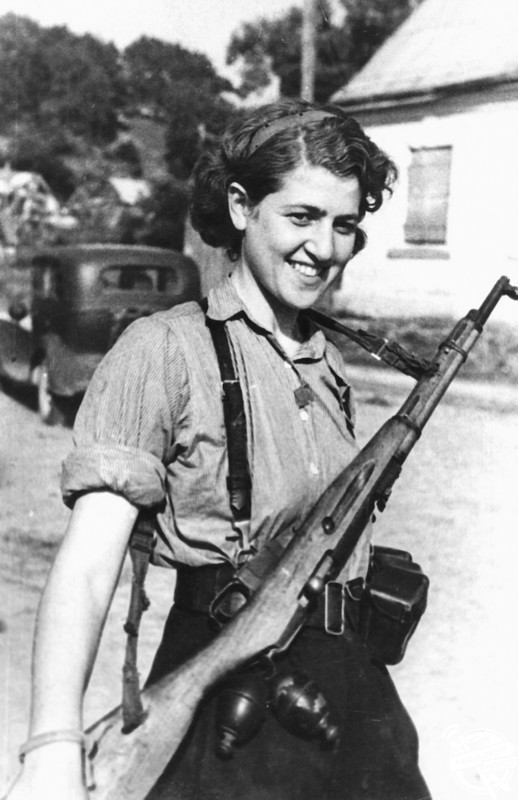
“Bizarrely he was allowed home on leave and that was when I was conceived, my mother told me. He was taken to Poland and worked on disposing of mines and building airfields.
“Very few came back; but my father returned in March 1945. The only thing he ever told me about the war was that mulberries saved his life when others were dying of dysentery.
“He was very embittered and wouldn’t have more children after the war. He committed suicide in 1955 when I was ten, leaving my mother to bring me up alone and to provide for us.”

While her father was away Agnes’ mother was forced to leave her apartment and move to accommodation designated for Jewish women. Agnes was then born on 14th July 1944.
At some point between her birth and November Agnes’ mother was told to report to the Budapest Ghetto.
“I don’t know what she knew about what was happening but she was fearful enough to try to leave me with her mother-in-law, as her mother had died in 1941,” writes Agnes.
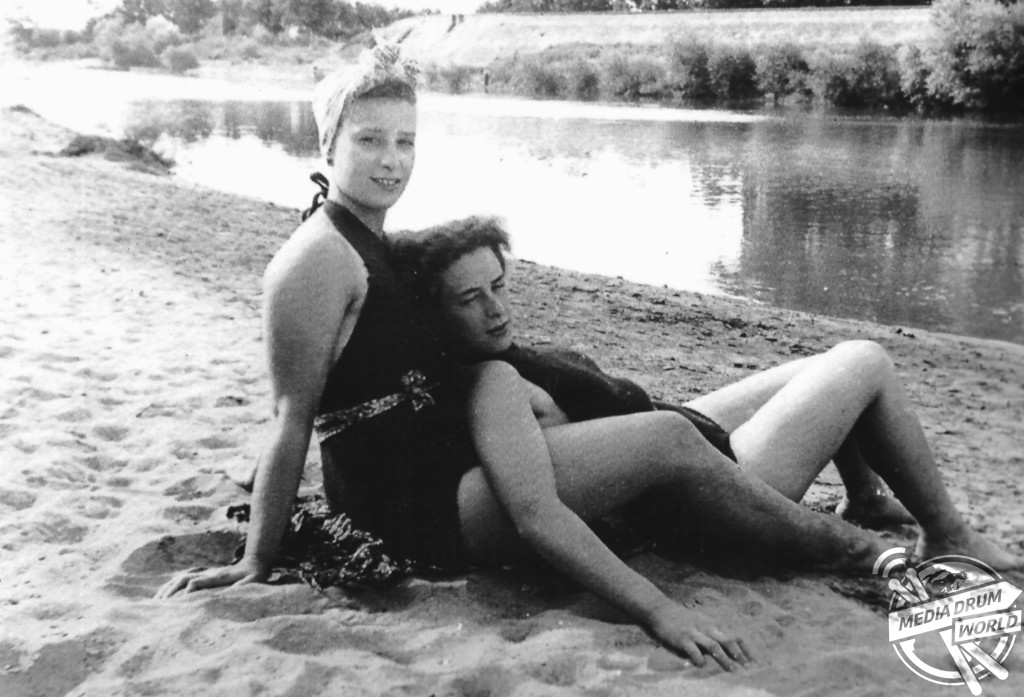
“My grandmother said she could not feed me as my mother was breastfeeding me, so the next day my mother reported with me in her arms. My mother was fairly enigmatic and all she told me was ‘the man in charge sent back the women with children.’
“I have no idea who the ‘man’ was – he could have been a Nazi German or Hungarian, a policeman, a civil servant or even a Jew – a member of the Judenrät. The Nazis were adept at getting the Jews to do their dirty work for them.
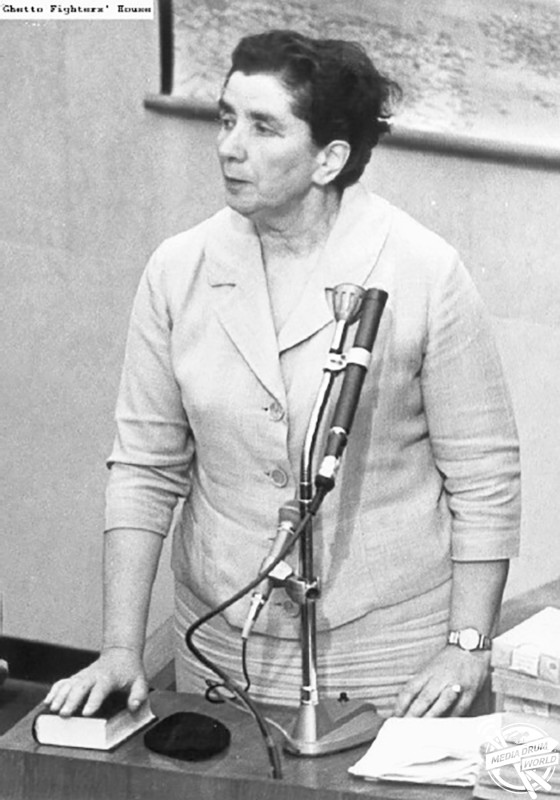
“I always thought we had have been put on the train to Auschwitz like most of the Hungarian Jews. However, only months ago I was told that the trains to Auschwitz stopped around the time I was born, so I don’t know what our intended destination was. But for the ‘man’ we would have been off to a, no doubt, more dangerous place.”
Although better than what potentially awaited them at the end of that train journey the Budapest Ghetto was still a dangerous place to live.
Leona was a strong woman, however, and Agnes explained how she even stood up to Russian soldiers who had liberated the city.
“It was not a good place to be as there was very little food but I was fortunate that my mother could breast-feed me even when she had very little to eat,” she said.

“It was extremely cold, with no fuel available except, perhaps, furniture that could be burnt. The Hungarian fascists liked to take shots at the Jews in the Ghetto so many people died.
“My mother’s cousin, Pali, told me he found my mother in the Ghetto when it was liberated. She was sitting on some steps holding me, surrounded by dead bodies.

“She returned to her flat and the Russian soldiers who had liberated Budapest were marauding around. She was not tall but she had authority and whilst rape and mayhem surrounded her in the block of flats, the Russians in her flat merely asked for food.
“She didn’t have any and they disappeared, returning some time later with a frozen animal. They cut it up and somehow she cooked it and they all ate it. She told me she thought it was a dog. They went to sleep on the floor and left the next morning.”
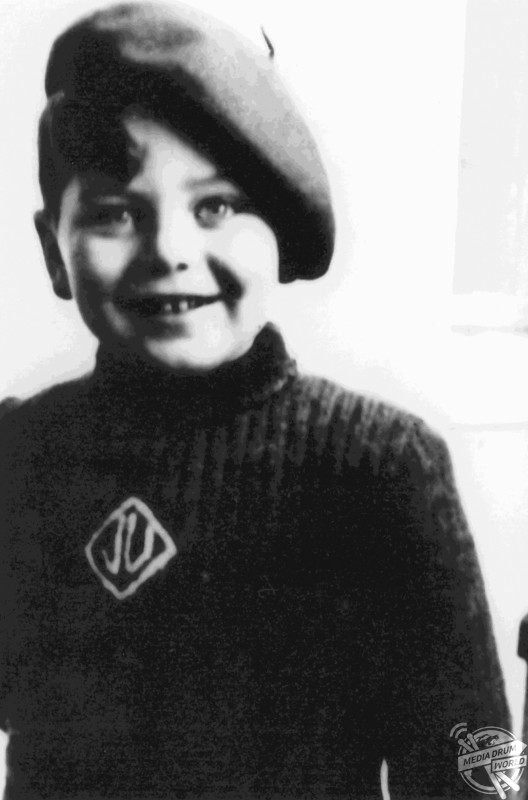
Other eye-opening stories about women’s experience in the Holocaust are included in the book ranging from their changing roles in the family to leading communities to resistance in the camps.
“My mother, like all the women in this book, coped with situations she could never have envisaged before 1933,” concluded Agnes.
“She kept us both safe and alive, to bring me to England in 1947. So many millions of Jews were not so fortunate.”
Women’s Experiences in the Holocaust: In Their Own Words, by Agnes Grunwald-Spier and published by Amberley is available now. RRP £20.

